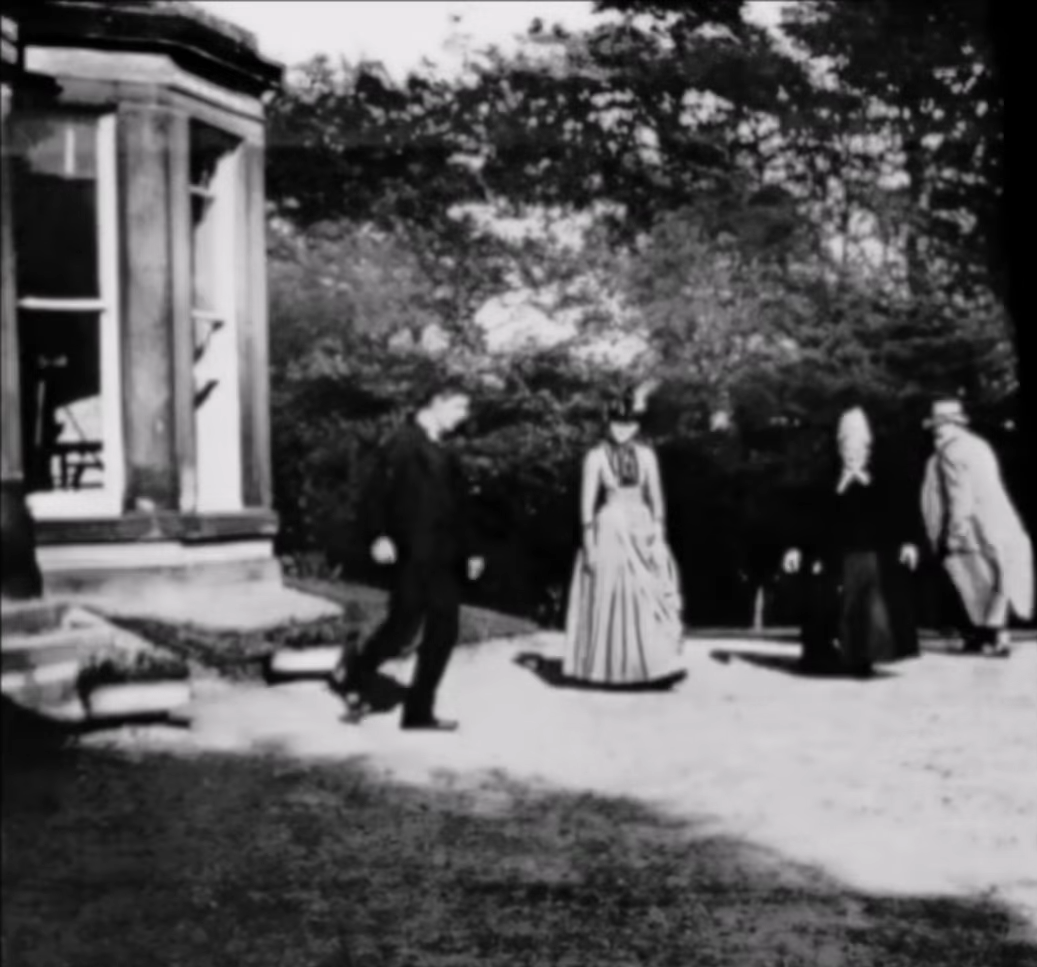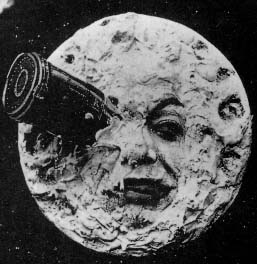|
Baltic Skies
''Baltic Skies'' () is a 1960 Soviet World War II film directed by Vladimir Vengerov. The film tells about military pilots defending Leningrad during World War II. Plot The film portrays the Siege of Leningrad, focusing on the dramatic events of 1941 and the spring of 1942. At the center of the story is the fate of a squadron of Polikarpov I-16 fighter planes from one of the regiments of the Soviet Baltic Fleet Air Force, commanded by Captain Rassokhin (played by Mikhail Ulyanov). The squadron faces heavy losses, with comrades such as Baiseyitov and Commissar Kabankov falling in battle. Captain Rassokhin himself is killed, and his position is taken over by Major Lunin, a former civilian aviation pilot who has recently arrived at the front. The film also introduces a diverse cast of characters, including Kuznetsov, played by Pavel Luspekayev. Kuznetsov is a troubled pilot who was expelled from military school for alcohol abuse but redeems himself through his bravery at the f ... [...More Info...] [...Related Items...] OR: [Wikipedia] [Google] [Baidu] |
Vladimir Vengerov
Vladimir Yakovlevich Vengerov (; 1920–1997) was a Soviet film director. He directed fourteen films between 1951 and 1985. People's Artist of the RSFSR (1978). His 1962 film '' A Trip Without a Load'' was entered into the 3rd Moscow International Film Festival The 3rd Moscow International Film Festival was held from 7 to 21 July 1963. The Grand Prix was awarded to the Italian film ''8½'' directed by Federico Fellini. Jury * Grigori Chukhrai (USSR - President of the Jury) * Shaken Ajmanov (USSR) * Se ... where it won a Silver Prize. Selected filmography * '' The Forest'' (1953) * '' Two Captains'' (1955) * '' The City Turns the Lights On'' (1958) * '' Baltic Skies'' (1960) * '' A Trip Without a Load'' (1962) * '' Rupture'' (1983) References External links * 1920 births 1997 deaths Soviet film directors People's Artists of the RSFSR Gerasimov Institute of Cinematography alumni People from Saratov {{USSR-film-director-stub ... [...More Info...] [...Related Items...] OR: [Wikipedia] [Google] [Baidu] |
Eve Kivi
Eve Kivi (born Eeve Kivi on 8 May 1938) is an Estonian actress. Biography In 1959 she graduated from the Estonian Drama Theatre's learning studio. She has worked at Tallinnfilm and Mosfilm. Since 1955 she has appeared in about 50 films. From 1965 until 1972, she was married to speed skater Ants Antson. Awards: * 1983: Estonian SSR merited artist Selected filmography * 1959 ''Vallatud kurvid'' (role: Evi) * 1959 ''Sampo (film), Sampo'' (role: Annikki) * 1961 ''Ohtlikud kurvid'' (role: Evi) * 1969 ''Viimne reliikvia'' (role: Ursula) * 1974 ''Ohtlikud mängud'' (role: Vivian's mother) * 1975 ''Briljandid proletariaadi diktatuurile'' (role: Woman at restaurant) * 1975 ''It Can't Be!'' (role: wife of Ivan Izrailevich) * 1992 ''Need vanad armastuskirjad'' (role: Alice's mother) * 1994 ''Tulivesi'' (role: Lulu) See also * Dean Reed References Living people 1938 births Estonian film actresses People from Paide {{Estonia-actor-stub ... [...More Info...] [...Related Items...] OR: [Wikipedia] [Google] [Baidu] |
Films Set In Saint Petersburg
A film, also known as a movie or motion picture, is a work of visual art that simulates experiences and otherwise communicates ideas, stories, perceptions, emotions, or atmosphere through the use of moving images that are generally, since the 1930s, synchronized with sound and (less commonly) other sensory stimulations. Etymology and alternative terms The name "film" originally referred to the thin layer of photochemical emulsion on the celluloid strip that used to be the actual medium for recording and displaying motion pictures. Many other terms exist for an individual motion-picture, including "picture", "picture show", "moving picture", "photoplay", and "flick". The most common term in the United States is "movie", while in Europe, "film" is preferred. Archaic terms include "animated pictures" and "animated photography". "Flick" is, in general a slang term, first recorded in 1926. It originates in the verb flicker, owing to the flickering appearance of early films. ... [...More Info...] [...Related Items...] OR: [Wikipedia] [Google] [Baidu] |
Films Set In 1943
A film, also known as a movie or motion picture, is a work of Visual arts, visual art that simulates experiences and otherwise communicates ideas, stories, perceptions, emotions, or atmosphere through the use of moving images that are generally, since the 1930s, Sound film, synchronized with sound and (less commonly) other sensory stimulations. Etymology and alternative terms The name "film" originally referred to the thin layer of photochemical emulsion on the celluloid strip that used to be the actual Recording medium, medium for recording and displaying motion pictures. Many other terms exist for an individual motion-picture, including "picture", "picture show", "moving picture", "photoplay", and "flick". The most common term in the United States is "movie", while in Europe, "film" is preferred. Archaic terms include "animated pictures" and "animated photography". "Flick" is, in general a slang term, first recorded in 1926. It originates in the verb flicker, owing to ... [...More Info...] [...Related Items...] OR: [Wikipedia] [Google] [Baidu] |
Films Set In 1942
A film, also known as a movie or motion picture, is a work of visual art that simulates experiences and otherwise communicates ideas, stories, perceptions, emotions, or atmosphere through the use of moving images that are generally, since the 1930s, synchronized with sound and (less commonly) other sensory stimulations. Etymology and alternative terms The name "film" originally referred to the thin layer of photochemical emulsion on the celluloid strip that used to be the actual medium for recording and displaying motion pictures. Many other terms exist for an individual motion-picture, including "picture", "picture show", "moving picture", "photoplay", and "flick". The most common term in the United States is "movie", while in Europe, "film" is preferred. Archaic terms include "animated pictures" and "animated photography". "Flick" is, in general a slang term, first recorded in 1926. It originates in the verb flicker, owing to the flickering appearance of early films. ... [...More Info...] [...Related Items...] OR: [Wikipedia] [Google] [Baidu] |
Films Set In 1941
A film, also known as a movie or motion picture, is a work of visual art that simulates experiences and otherwise communicates ideas, stories, perceptions, emotions, or atmosphere through the use of moving images that are generally, since the 1930s, synchronized with sound and (less commonly) other sensory stimulations. Etymology and alternative terms The name "film" originally referred to the thin layer of photochemical emulsion on the celluloid strip that used to be the actual medium for recording and displaying motion pictures. Many other terms exist for an individual motion-picture, including "picture", "picture show", "moving picture", "photoplay", and "flick". The most common term in the United States is "movie", while in Europe, "film" is preferred. Archaic terms include "animated pictures" and "animated photography". "Flick" is, in general a slang term, first recorded in 1926. It originates in the verb flicker, owing to the flickering appearance of early films ... [...More Info...] [...Related Items...] OR: [Wikipedia] [Google] [Baidu] |
Eastern Front Of World War II Films
Eastern or Easterns may refer to: Transportation Airlines *China Eastern Airlines, a current Chinese airline based in Shanghai * Eastern Air, former name of Zambia Skyways *Eastern Air Lines, a defunct American airline that operated from 1926 to 1991 * Eastern Air Lines (2015), an American airline that began operations in 2015 *Eastern Airlines, LLC, previously Dynamic International Airways, a U.S. airline founded in 2010 * Eastern Airways, an English/British regional airline *Eastern Provincial Airways, a defunct Canadian airline that operated from 1949 to 1986 Roads * Eastern Avenue (other), various roads *Eastern Parkway (other), various parkways * Eastern Freeway, Melbourne, Australia * Eastern Freeway Mumbai, Mumbai, India Other *Eastern Railway (other), various railroads *, a cargo liner in service 1946-65 Education *Eastern University (other) *Eastern College (other) Sports * Easterns (cricket team), South Africa ... [...More Info...] [...Related Items...] OR: [Wikipedia] [Google] [Baidu] |
Soviet Black-and-white Films
The Union of Soviet Socialist Republics. (USSR), commonly known as the Soviet Union, was a List of former transcontinental countries#Since 1700, transcontinental country that spanned much of Eurasia from 1922 until Dissolution of the Soviet Union, it dissolved in 1991. During its existence, it was the list of countries and dependencies by area, largest country by area, extending across Time in Russia, eleven time zones and sharing Geography of the Soviet Union#Borders and neighbors, borders with twelve countries, and the List of countries and dependencies by population, third-most populous country. An overall successor to the Russian Empire, it was nominally organized as a federal union of Republics of the Soviet Union, national republics, the largest and most populous of which was the Russian SFSR. In practice, Government of the Soviet Union, its government and Economy of the Soviet Union, economy were Soviet-type economic planning, highly centralized. As a one-party state go ... [...More Info...] [...Related Items...] OR: [Wikipedia] [Google] [Baidu] |
Soviet War Drama Films
The Union of Soviet Socialist Republics. (USSR), commonly known as the Soviet Union, was a transcontinental country that spanned much of Eurasia from 1922 until it dissolved in 1991. During its existence, it was the largest country by area, extending across eleven time zones and sharing borders with twelve countries, and the third-most populous country. An overall successor to the Russian Empire, it was nominally organized as a federal union of national republics, the largest and most populous of which was the Russian SFSR. In practice, its government and economy were highly centralized. As a one-party state governed by the Communist Party of the Soviet Union (CPSU), it was a flagship communist state. Its capital and largest city was Moscow. The Soviet Union's roots lay in the October Revolution of 1917. The new government, led by Vladimir Lenin, established the Russian SFSR, the world's first constitutionally communist state. The revolution was not accepted by all ... [...More Info...] [...Related Items...] OR: [Wikipedia] [Google] [Baidu] |
Soviet Historical Drama Films
The Union of Soviet Socialist Republics. (USSR), commonly known as the Soviet Union, was a transcontinental country that spanned much of Eurasia from 1922 until it dissolved in 1991. During its existence, it was the largest country by area, extending across eleven time zones and sharing borders with twelve countries, and the third-most populous country. An overall successor to the Russian Empire, it was nominally organized as a federal union of national republics, the largest and most populous of which was the Russian SFSR. In practice, its government and economy were highly centralized. As a one-party state governed by the Communist Party of the Soviet Union (CPSU), it was a flagship communist state. Its capital and largest city was Moscow. The Soviet Union's roots lay in the October Revolution of 1917. The new government, led by Vladimir Lenin, established the Russian SFSR, the world's first constitutionally communist state. The revolution was not accepted by all wi ... [...More Info...] [...Related Items...] OR: [Wikipedia] [Google] [Baidu] |
1960s Russian-language Films
Year 196 ( CXCVI) was a leap year starting on Thursday of the Julian calendar. At the time, it was known as the Year of the Consulship of Dexter and Messalla (or, less frequently, year 949 ''Ab urbe condita''). The denomination 196 for this year has been used since the early medieval period, when the Anno Domini calendar era became the prevalent method in Europe for naming years. Events By place Roman Empire * Emperor Septimius Severus attempts to assassinate Clodius Albinus but fails, causing Albinus to retaliate militarily. * Emperor Septimius Severus captures and sacks Byzantium; the city is rebuilt and regains its previous prosperity. * In order to assure the support of the Roman legion in Germany on his march to Rome, Clodius Albinus is declared Augustus by his army while crossing Gaul. * Hadrian's wall in Britain is partially destroyed. China * First year of the Jian'an Era, during the reign of the Xian Emperor of the Han. * The Xian Emperor returns to war-r ... [...More Info...] [...Related Items...] OR: [Wikipedia] [Google] [Baidu] |




